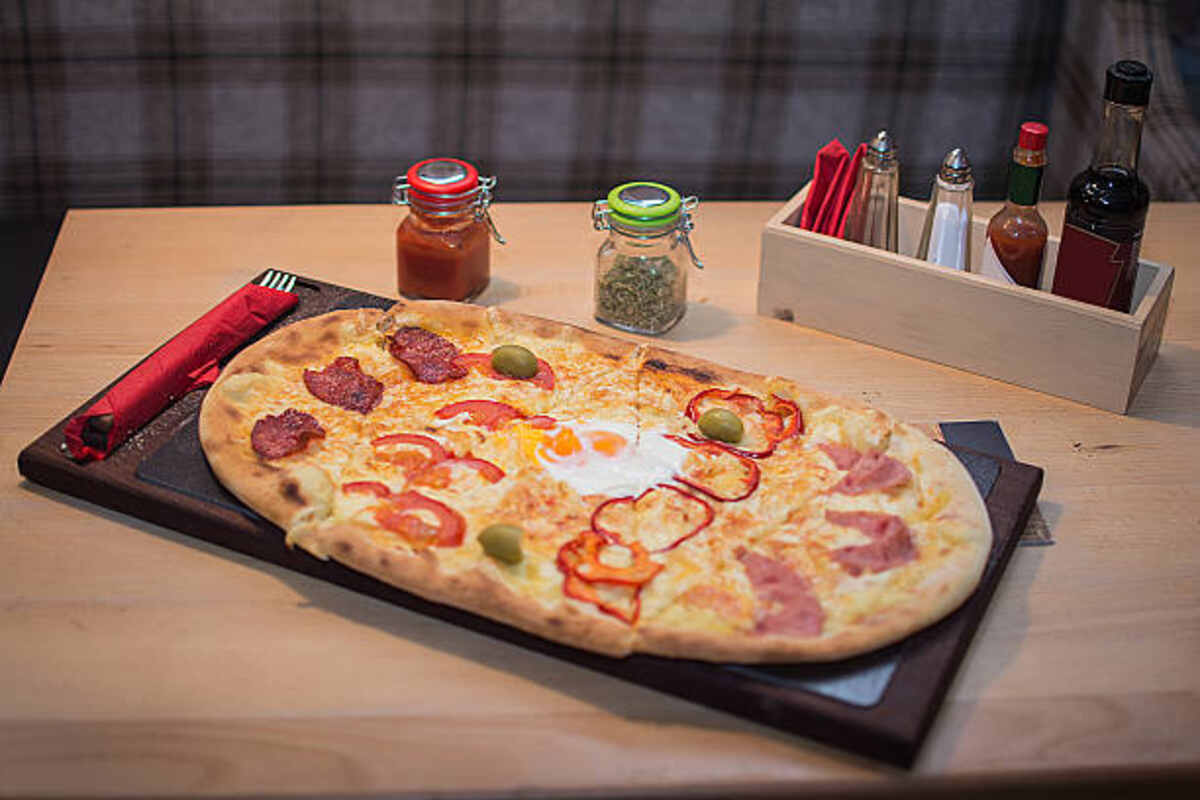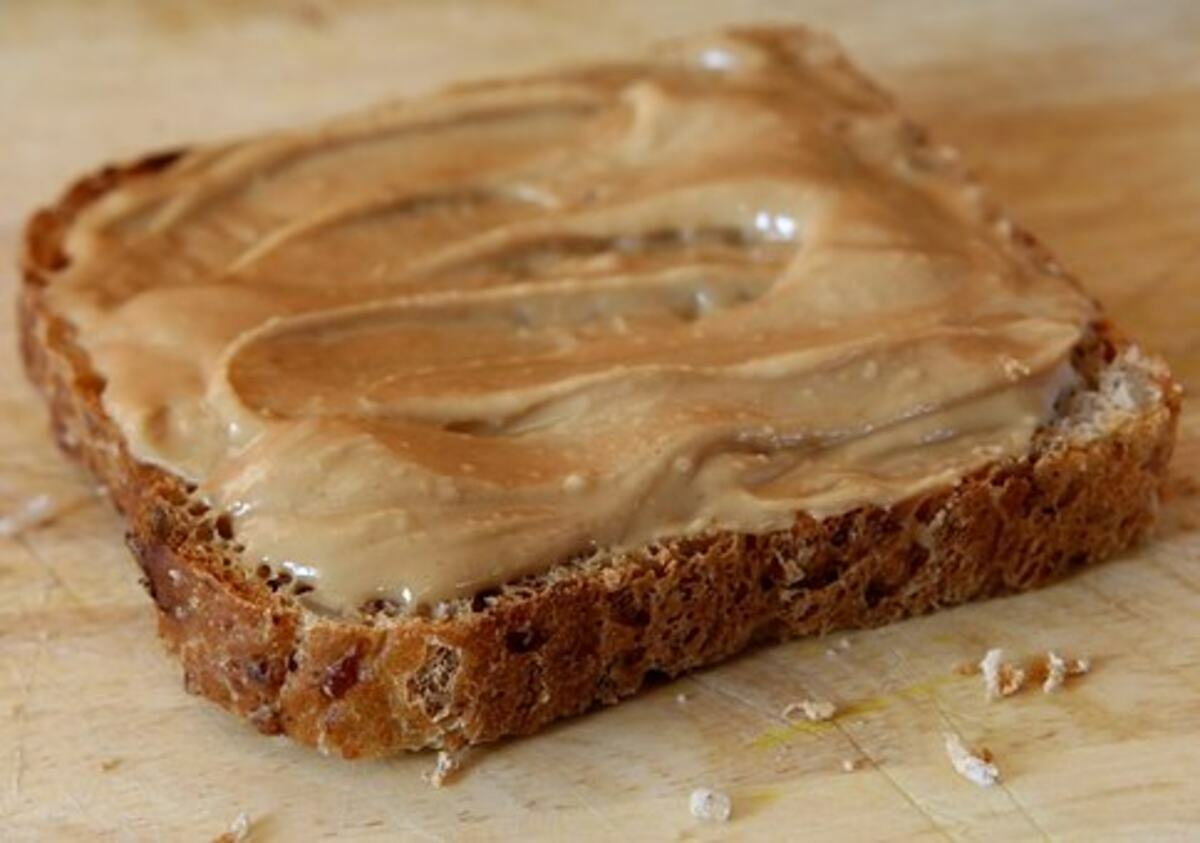A Pizza MRE Meets MRE Requirements
Soldiers have long requested pizza as an addition to their Meals, Ready-to-Eat (MRE) field rations; however, producing slices that meet standard MRE specifications has proven challenging.
For MRE standards to be met, ingredients must have a consistent level of moisture, remain stable at 80 degrees, and be resistant to oxidation. In order to meet this challenge, scientists from Natick Soldier Research, Development, and Engineering Center in Massachusetts altered their recipe.
Nutritional Value
Soldiers have long desired Pizza MREs. Unfortunately, designing one to meet standard MRE requirements proved a formidable task: it had to withstand dank ship holds, Arctic weather conditions, tropical monsoon rainstorms, insect attacks, and parachute airdrops or free falls of 100 feet as well as be shelf stable for three years – no small feat!
The MRE doesn’t contain artificial preservatives or chemicals; its long shelf life comes from processing and packaging, according to Accetta. Scientists worked for over two decades on perfecting its recipe: they had to find a balance of moisture between bread, cheese, and sauce so as to prevent oxidation while still maintaining texture and flavor retention. A mixture of gums, oils, sugars, and glycerol was used to preserve humidity within food while still allowing its texture and flavor to remain.
MREs were initially meant to be consumed directly from their pouch but now can also be heated. These meal replacement kits contain less fat, more protein, and fewer calories than other processed meals; adding MRE pizza shows the military’s dedication to providing better nutrition to troops, according to Moody. Studies have revealed that chocolate Performance Readiness Bars found in basic combat training rations increase bone density while simultaneously decreasing stress fracture risk.
Shelf-Stable
Pizza is an irresistibly comforting food, and its shelf-stability makes it the perfect meal to take into the field with soldiers. But making a pizza that will withstand three years of unrefrigerated storage while maintaining its appearance, flavor, and mouthfeel has proven difficult for the military; scientists at Natick Soldier Research, Development, and Engineering Center in Massachusetts ran into numerous obstacles when trying to produce such an entree.
The most significant difficulty was in maintaining the flavor of fresh mozzarella cheese. While they succeeded in developing low-moisture mozzarella that could last three years without spoilage, it proved difficult to integrate into their pizza dough, turning brown when exposed to high temperatures – an unacceptable condition in food that will be served to soldiers.
Scientists turned to flavors and cooking techniques to keep mozzarella looking its best, as well as adding a pouch with iron filings to absorb any free oxygen that would cause it to brown over time. Soldiers quickly fell for this pizza slice with pepperoni topping, while CFD plans on expanding on it after receiving feedback from them.
A new Close Combat Assault Ration features eight entrees, such as pizza MREs. New York-style cheesecake, vacuum-packed fruits and vegetables, and Monterey Jack cheese are among the selections, while it can either be eaten cold or heated up using the flameless ration heater to enjoy warm slices of pizza.
Flavor
An army pizza MRE is one of the latest offerings for troops. Consisting of one slice with melt-proof shreds of mozzarella and pepperoni sealed in a dun-colored laminate pouch, this entree features lower calories, fat, and sugar levels and more protein compared to standard MRE offerings.
MRE pizza has been in development for six years, requiring food scientists to craft a piece that could last three years while remaining flavorful. They had to prepare a dough that trapped moisture without spoiling and created heat-tolerant mozzarella cheese as well. Finally, they added iron filings sachets in each pouch in order to absorb excess oxygen and prevent oxidation.
As production for the pizza MRE began in March of last year, problems quickly arose with its tomato sauce turning brown; while still edible, this caused the Army to suspend production until they could address this issue temporarily. They eventually solved it by adding rosemary extract, which prevents oxidation, which leads to color change.
Seven US servicemembers and two Italian soldiers participated in field tests of MRE pizza, finding it to have a pleasant pizza-like flavor and an improvement over cherry cobbler, cookies, and vegetable crackers found in its predecessor MRE menu.
Cost
The pizza MRE is an eagerly anticipated addition to the Army’s field ration menu, signaling their intention to provide better nutrition to soldiers with less fat and protein content compared to cheese spread and crackers. Furthermore, its inclusion marks an effort towards healthier choices with significantly fewer calories, saturated fat content, and sugar content than its traditional accompaniments.
Combat Feeding Directorate (CFD) of the Army has long been focused on creating MRE pizza as part of an effort to improve military culture by improving food quality for troops.
MREs must meet standard three-year shelf-life requirements, making the creation of a pizza that meets them a formidable task. To meet them, bread, sauce, cheese, and pepperoni all needed to remain “happily in one pouch,” CFD deputy director Jeremy Whitsitt noted in a statement from CFD. To do this effectively and sustainably, he used basil and tomato films as barriers between each ingredient in his pie.
Defense Logistics Agency will receive MREs this month and distribute them accordingly based on their availability to different installations and units. Pizza MREs should become available sometime this year – either as pepperoni slices, cheddar and jalapeno cheese spread, cookies, and chocolate protein drink powder (with pepperoni being initially offered); other topping options will likely become available after CFD conducts user feedback evaluations with Soldiers.




